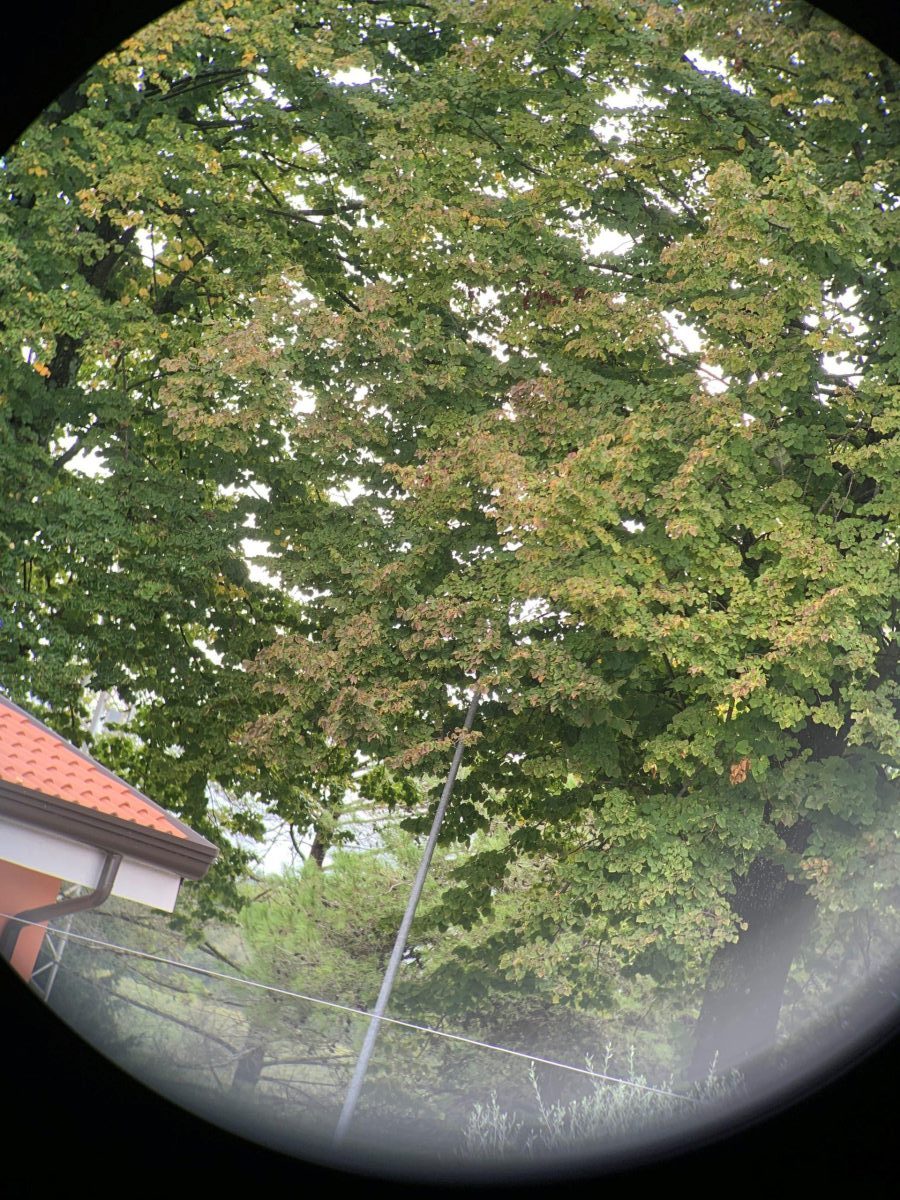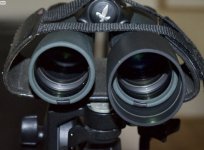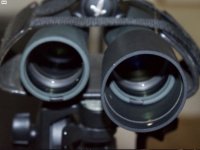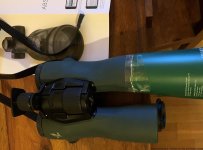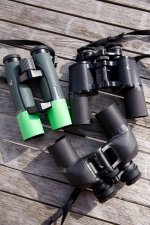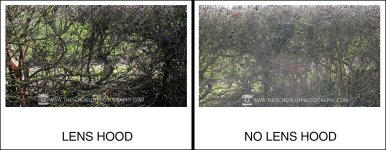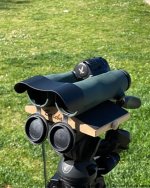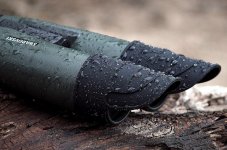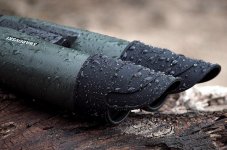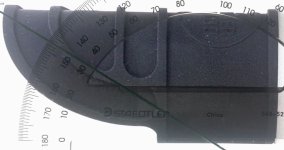See the paragraph and accompanying photo in this post on the subject of glare in the 8x40 SFL.
I recently had the opportunity to do a few quick tests of a local dealer's newly arrived Zeiss 8x40 SFL. Here are the results. Distortion: I brought along my usual target of small circles to test for angular magnification distortion as well as a grid pattern I view backwards through the...

www.birdforum.net
Just like the 8x42 NL, the 8x40 SFL's glare can be mostly eliminated by adjusting the eyecup, but if the eyecup is set too long glare will be visible. I'd say the eyecup position is less critical in the SFL, but it works the same way. Perhaps you just haven't noticed that yet
What I said was:
"reasonable sized hoods are essentially worthless for close angle light sources of less than about 40º off-axis, where much of the glare in the NLs comes from. Notice that the shadow of the hood in the Binomania photo is coming from about 60º off-axis and it still barely reaches the edge of the objective lens cell where the glare causing reflection originates. I estimated that it would require a 150mm hood to block the glare from a light source 20º-30º off-axis."
There's no theory involved, just some simple geometry and experiments with different length hoods and light sources coming from off-axis angles between about 10º to about 70º. Even you could do it.
No more of this for me.


www.birdforum.net




